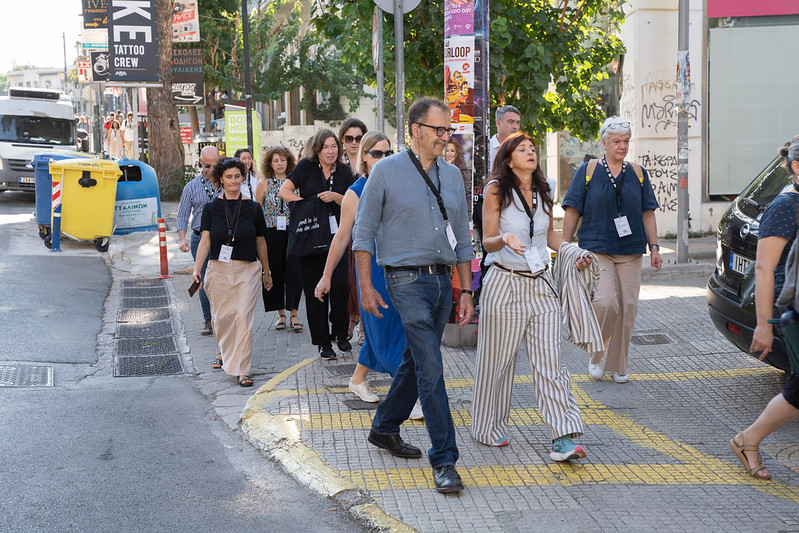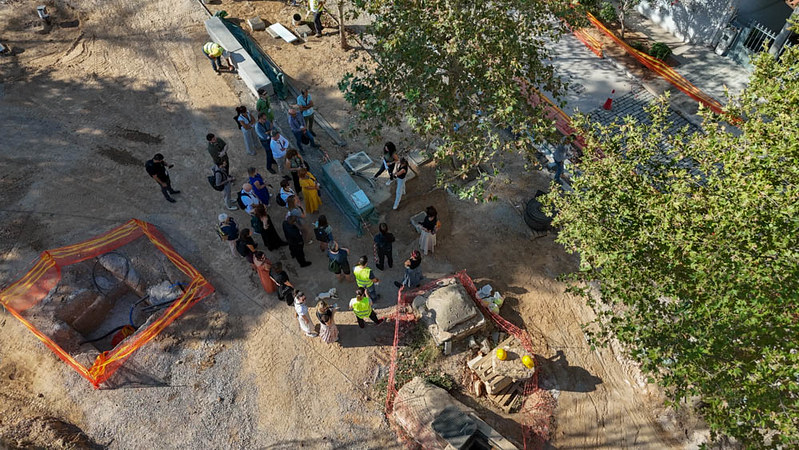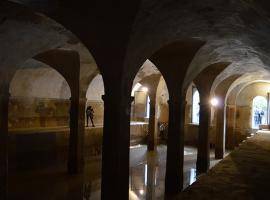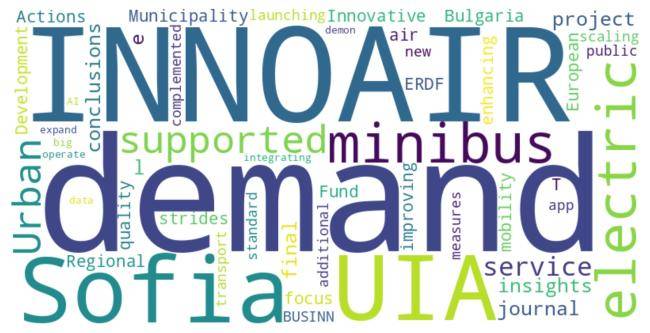4 areas of content
The perspective offered by Cultural HIDRANT could benefit from insights and relevant exchanges offered by a variety of different contributions that were part of the learning and exchange programme offered by the Lab. In fact, the Policy Lab built on the results of the Urban Agenda for the EU (UAEU), Urban Innovative Actions (UIA), EUI and URBACT practices, experiences and pilots. These helped facilitate knowledge transfer between local authorities, ensuring that valuable lessons were effectively shared across the EU. Examining concrete results of city experiments was key in this sense, as the event aimed to generate new knowledge to equip city practitioners with tools and practical information to leverage their cultural assets for positive change. Four articulated and intertwined areas of content were hence imagined to activate learning and exchange between the participants:
- Vacancy, adaptive reuse, temporary uses, cultural hubs. A discussion focused on the threshold between the tangible and intangible dimensions of cultural heritage, which strategies and tools we can put in place to activate new cooperative development models, new rules, and new ways to manage city assets fostering more cooperative and solidarian approaches to communities and spaces in the city.
- Dissonant heritage, decolonisation of culture, informal knowledge, democracy, gender. Exploring culture and cultural heritage as something evolving and capable of incorporating new values over time, as much as help put into perspective previous, critical and dissonant memories and experiences.
- Climate change, sustainability, solidarity. To discuss cultural and natural significance of heritage, going beyond the mere act of preserving, maintaining, or protecting to embrace a more complex (potentially conflictual) relationship between tangible and intangible dimensions, value and revenue, power, government, and governance.
- Processes, regulations, procurement. To explore how legal and operational patterns can be reshaped to make room for emerging new values into new practices, keeping together the institutionalisation of more informal frameworks, and de-structuring of more formalised approaches.


EU related, locally relevant
The report of the work delivered during the Policy Lab is currently under construction, and will result in a possibly clear and concise document, providing an evidence-based and practice based set of recommendations. This is related to the overall objective of the Lab, and goes far beyond the contextual conditions, as it addresses a wider audience of potential beneficiaries of its achievement and exchanges.
Anyway, it is important to stress some relevant implications of this experience for the Cultural H.ID.RA.N.T. local partnership, and for the City of Halandri as a whole. Undoubtedly, taking part in the preparation of such an important and unprecedented initiative, was a priceless occasion to locally build capacity and confront organizational, logistic and operational challenges. From the political point of view, being recognized as a forefront practice and hosting the event, has a great value, and can potentially build an important legacy based on the direct confrontation between the municipal authority and the wider system of institutional actors of the EU. Finally, the possibility to confront with a wider audience of policy and decision makers, practitioners, EU officers, helped the local partnership further develop its thinking on: how to mobilize heritage as a resource, activating new processes and practices and unlocking the full potential of local cultural heritage; how to use heritage to strengthen democracy and solidarity, leveraging on cultural heritage and its significances to foster inclusive practices; and finally how to leverage heritage to drive societal and institutional change, developing innovative planning tools and governance frameworks.
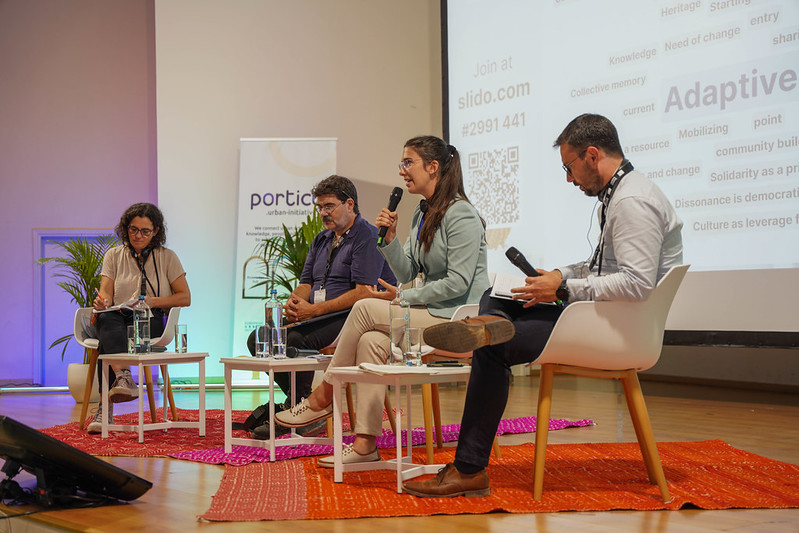
__
NOTES:
(1) besides Cultural HIDRANT, ten more practices took actively part to the Policy Lab: DARE Ravenna, IT; T-Factor Horizon project advanced case study, City of Łódź, PO; CAMINA, Almeria, ES; UAEU Partnership, Kazanlak, BG; ForwArt, Tilburg, NL; New EU Bauhaus demonstrator, Aarhus, DK; NEB Desire, Horizon 2020; City of Torino, UIA Co-City; CUP4Creativity, Újbuda - Budapest, HU; Future of Work, Cluj-Napoca, RO
